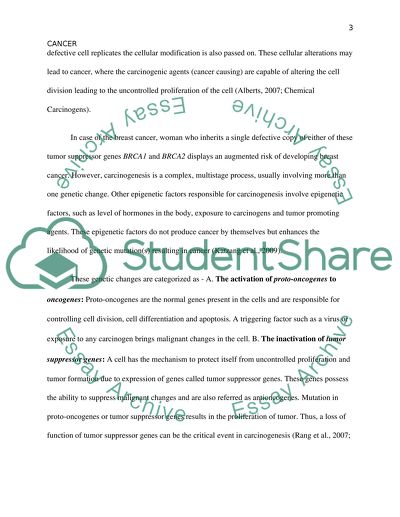Cite this document
(“Breast Cancer Research Paper Example | Topics and Well Written Essays - 2000 words”, n.d.)
Breast Cancer Research Paper Example | Topics and Well Written Essays - 2000 words. Retrieved from https://studentshare.org/other/1399434-breast-cancer
Breast Cancer Research Paper Example | Topics and Well Written Essays - 2000 words. Retrieved from https://studentshare.org/other/1399434-breast-cancer
(Breast Cancer Research Paper Example | Topics and Well Written Essays - 2000 Words)
Breast Cancer Research Paper Example | Topics and Well Written Essays - 2000 Words. https://studentshare.org/other/1399434-breast-cancer.
Breast Cancer Research Paper Example | Topics and Well Written Essays - 2000 Words. https://studentshare.org/other/1399434-breast-cancer.
“Breast Cancer Research Paper Example | Topics and Well Written Essays - 2000 Words”, n.d. https://studentshare.org/other/1399434-breast-cancer.


